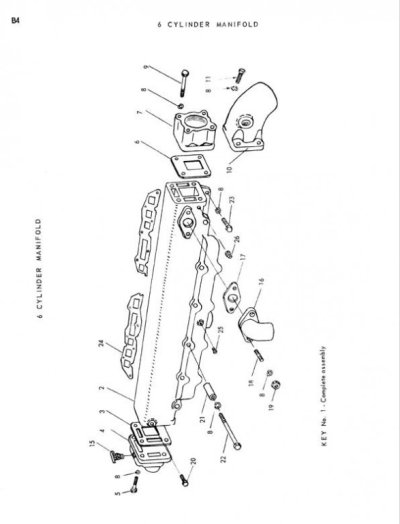nomadwilly wrote:
*Those of us who really care can read the back of the jug, measure accurately and achieve better results.
Better results?* What better results?* If the engine goes 12,000- 14,000 and in some cases 25,000 hours with no need for overhaul on a 50:50 mixture, I dont' see how you can achieve better results than that.
You're correct, 50:50 is an easy number to remember.* It also happens to be a good ratio to use.* Seems like a win-win to me.* Maybe a 64.567 to 35.324 ratio will optimize the engine temperature by 0.1013 degrees.* But who the hell cares?
For every armchair theory someone throws out regarding the operation of the FL120 I'm gonna throw the same argument back at them--- forty-plus years of long-lived, reliable operation all over the world of countless FL120s running at moderate to low power settings, running 50:50 coolant, single viscosity dinosaur*oil,*and all the other "bad" operational practices the manufacturer, marinizer, and diesel shops say we should follow, says a whole*lot more to me than armchair theories about optimal power settings, coolant ratios, and synthetic oils.* I have no interest whatsoever in what BMW says about coolant ratios, for example, because I'm not running BMW engines.* For the same reason, I have no interest in what Steve D'Antonio says about optimal power settings for the*5 million hp, triple turbocharged engines he is apparently fixated upon.*
I DO have an interest in what Bob Smith says about running an FL120 because he was a principle contributor to the marinization of these engines and has been selling, installing,*servicing, and fixing them most of his working life.* So we run and maintain our FL120s exactly*like he told me to.* The fact that what he told me is echoed by our engine operations manual,*our very experienced diesel shop, and friends in the marine diesel industry simply confirms our decision to follow Bob's advice.
This is a 1950s-design engine pushing a 1960s-design boat.* We're not trying to*go to the moon here, folks.*
-- Edited by Marin on Wednesday 20th of May 2009 06:59:57 PM
